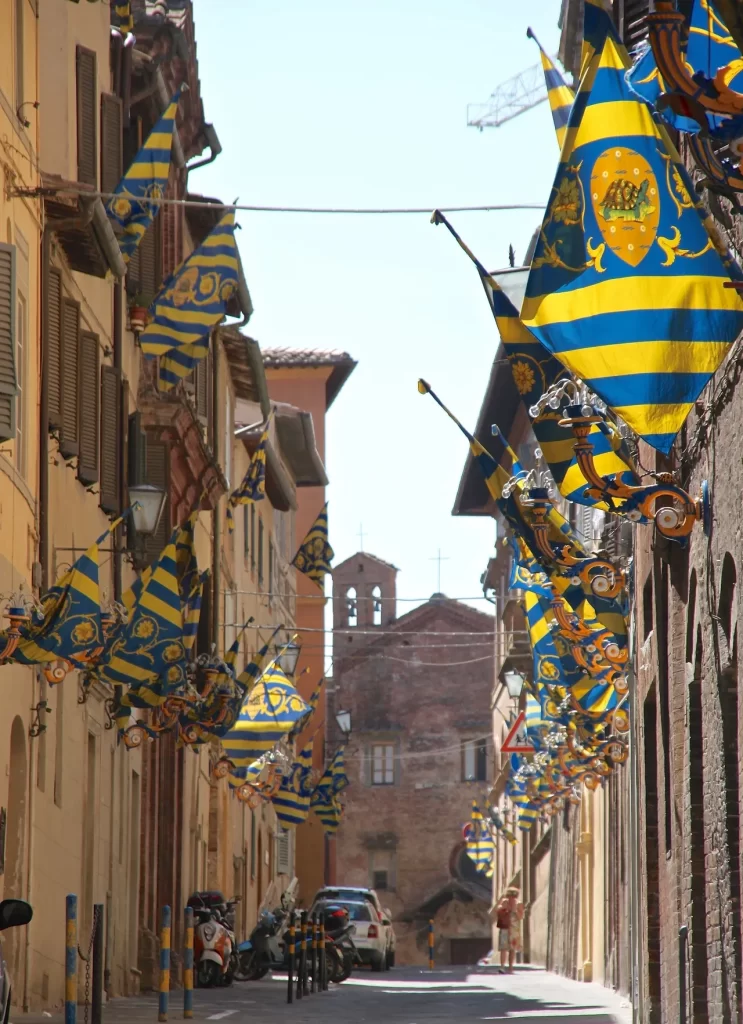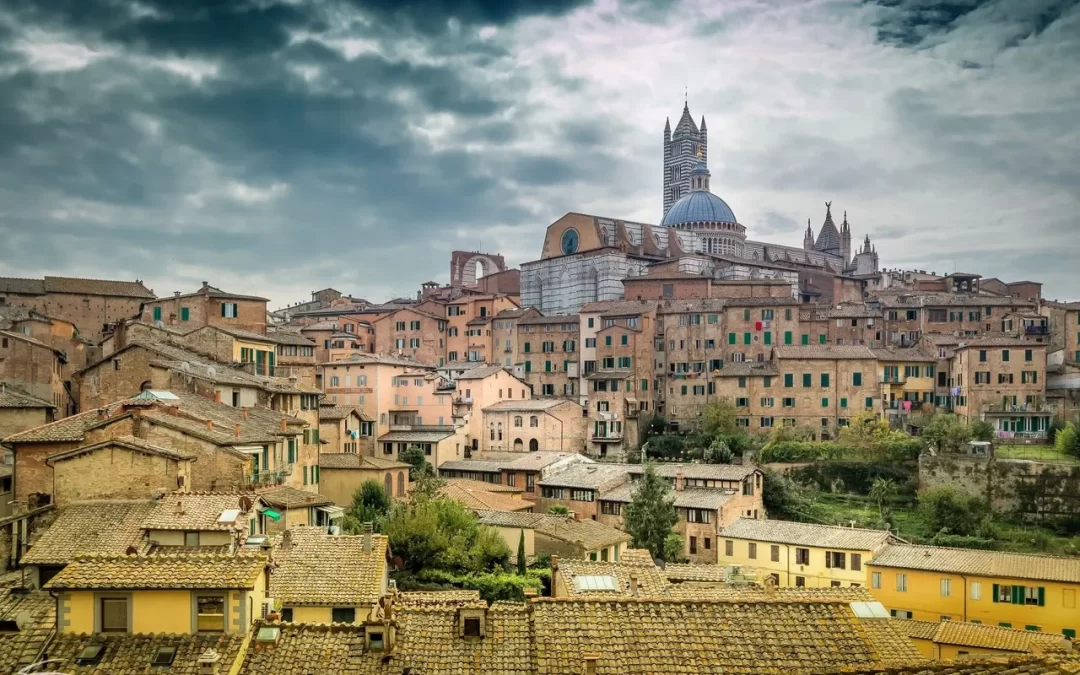I just moved to a new city in Italy. I live in a world of banners, horse-races, marches, and undying pride for a republic that fell to the Medici in 1559.
Siena is one of those cities that has so much more than just a few articles can cover, and considering it’s my new home for the next few years, I figured it was a good time to take a dive into the world that focuses its passion into a yearly event known as the Palio.
In this article, I’m going to start by giving a brief overview of the city itself as I’ve experienced it and the story I’ve been caught up in since moving from Orvieto. Afterwards, I’m going to expand into focusing the various institutions, people, and contrade that make up the fabric of this city. It’s a land of banks, economists, saints, warriors, and rivalries that give the bad blood between mafia families a run for their money.
A decade ago in the rolling Tuscan hills, I was on vacation with my family, visiting the land of our ancestors for the first time in my young life. Staying in a villa on the outskirts of Siena, we ventured into town, meandering through the bustling cobbled streets of Centro Storico, surrounded by medieval walls. Dazzled by the banners of the contrade billowing in the breeze along Via di Citta, young me relished the sweet taste of a cookie form Nannini’s. We wandered into an innocuous courtyard, perhaps one that you may pass through one day.
However, on the very same cobbles you may overlook, that nine year old made a prophetic proclamation. Seeing the sign for Universita di Siena, I decided that the historic university would one day be my alma mater, telling my mom just as much.At the time she believed it to be a passing fancy. She had every right to.

But enough about me.
Siena is characterized by a myriad of traditions passed down across thousands of years from the original Etruscans that lived here in a settlement called Saina, before it was officially made a Roman town in the time of Augustus followed by a name change to Saena Julia.
In the Middle Ages, a republic arose that lasted until the Medici took over the town of Montalcino in battle, overthrowing the last vestiges of Sienese independence. It eventually found itself faced with a referendum in 1859 as the first city in Tuscany to vote to join the new Kingdom of Italy.
This is far from the end. In the future, I’ll do a deep dive into the landmarks, institutions, persons of interest, and contrade of Siena as well as the Palio itself.


